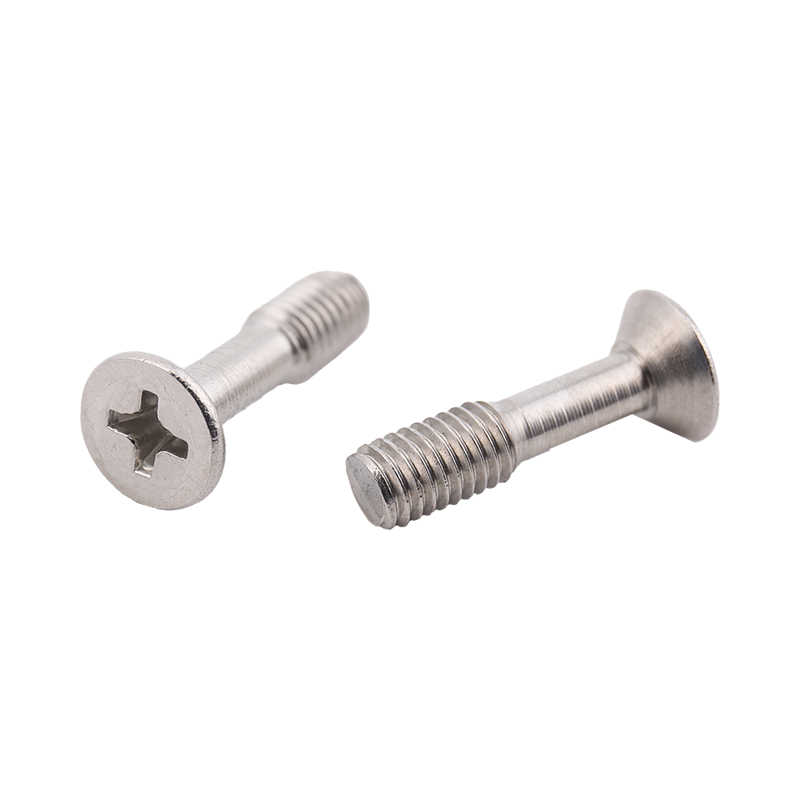-
Thép carbon / thép không gỉViệc sử dụng thép carbon / thép không gỉ và các vật liệu cán khác, nó có thể đóng vai trò kết nối cố định, bu lông hai đầu có ren ở cả hai đầu, ở giữ...
-
Đinh tán hình chữ LViệc sử dụng vật liệu thép không gỉ uốn răng lăn thường được chôn trong nền bê tông, để cố định các cột đỡ kết cấu thép khác nhau, máy móc và thiết...
-
Đinh tán hình chữ U bằng thép không gỉViệc sử dụng vật liệu thép không gỉ làm răng cán uốn cong, do hình dạng có hình chữ U và được đặt tên nên hai đầu ren có thể kết hợp với đai ốc. bu...
-
Bu lông hình chữ U bằng thép carbonViệc sử dụng vật liệu thép carbon cán răng uốn làm bằng bu lông chữ U có thể là hai hoặc nhiều vật được kết nối với nhau để tạo thành một kết cấu t...
-
Cột đai ốc đinh tán áp lựcViệc sử dụng vật liệu thép cacbon làm bằng trụ nguội, có đầu là hình trụ, thân chính cũng là hình trụ, các lỗ mù có ren vít thuộc loại đai ốc, dùng...
-
Thông qua cột đai ốc đinh tán áp lực lỗViệc sử dụng vật liệu thép cacbon làm bằng trụ nguội, có đầu là hình trụ, thân chính cũng là hình trụ, xuyên lỗ không có răng là một loại đai ốc, d...
How do the costs of stainless steel screws compare to other types of screws?
Tin tức ngành-The costs of stainless steel screws generally compare to other types of screws in several key ways:
Material Cost:
Stainless steel is typically more expensive than carbon steel or plastic due to its alloy composition, which includes chromium, nickel, and other elements that enhance corrosion resistance and strength. This higher raw material cost directly contributes to the overall price of stainless steel screws.
Corrosion Resistance:
While stainless steel screws may have a higher initial cost, their durability and resistance to corrosion can lead to lower long-term maintenance and replacement costs, especially in harsh environments. This makes them a cost-effective choice over time in applications where other screws might fail.
Manufacturing Processes:
The manufacturing process for stainless steel screws may be more complex and require more stringent quality control compared to standard screws. This can add to the production costs, which are then reflected in the retail price.

Application-Specific Designs:
Specialized stainless steel screws, such as those with unique thread designs or coatings for specific applications, can be even more expensive. However, these designs often provide significant performance advantages that justify the higher cost.
Market Demand:
The demand for stainless steel screws in various industries (such as construction, automotive, and marine) can influence pricing. High demand may lead to price fluctuations, while availability can also impact costs.
Bulk Purchasing:
Purchasing stainless steel screws in bulk can often result in lower unit prices. The cost difference between stainless steel and other types of screws may decrease when bought in larger quantities.
Comparative Longevity:
Although the upfront cost of stainless steel screws is higher, their longevity and resistance to rust can lead to significant savings in replacement costs over time, particularly in applications exposed to moisture or corrosive environments.




